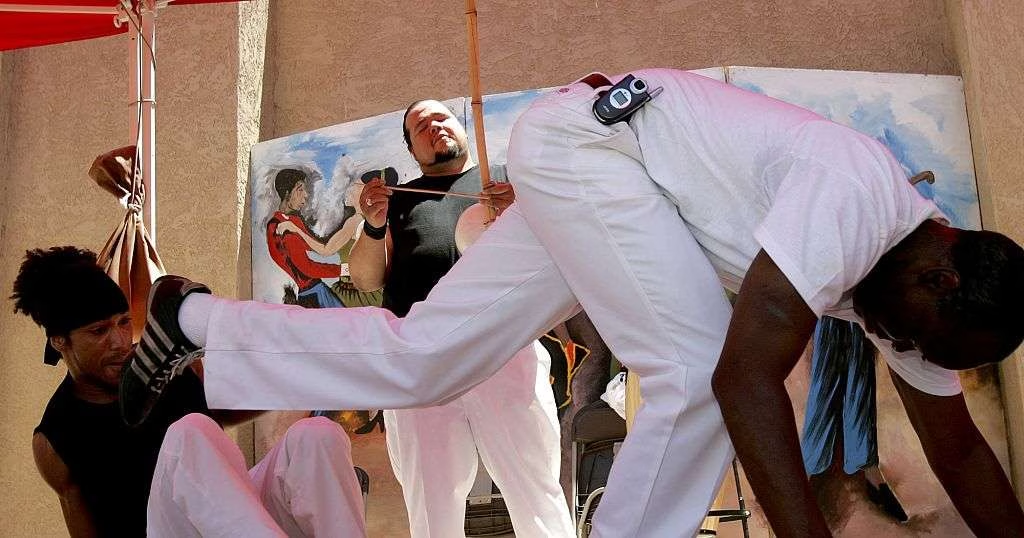Capoeira Takes Root in Kenya’s Kibera Slum, Bringing Discipline and Hope
In the vibrant streets of Kibera, one of Africa’s largest slums on the outskirts of Nairobi, Kenya, a unique sound echoes through the air. The beat of the atabaque drum, accompanied by the twang of the berimbau, sets the tone for a dynamic display of capoeira, an Afro-Brazilian martial art that combines elements of dance, music, acrobatics, and combat. This captivating practice is not only entertaining but also therapeutic, providing a sense of community and discipline for its practitioners.
At the heart of this movement is Salim Rollins, founder of the Capoeira Angola Centre in Kibera, who has dedicated himself to training local children and adults in this ancient art form. "The roots of capoeira come from Angola and Congo," Rollins explains, "established by enslaved Africans who were brought to Brazil as a form of resistance against the institution of slavery and oppression." This rich history is what draws many to capoeira, including Nasri Babu, a 25-year-old capoeirista who started learning in 2019. For Babu, capoeira is more than just a martial art; it’s a therapy that helps him manage the stresses of life in Kibera.
The practice of capoeira has not been without its challenges. In the late 19th and early 20th centuries, Brazilian authorities outlawed it due to its association with vagrancy and street gangs. However, in the 1930s, capoeira was developed into a structured system called Capoeira Regional, which incorporated traditional movements with new techniques and emphasized self-defense. This evolution helped legitimize capoeira as a respected martial art, culminating in UNESCO declaring the Capoeira Circle an Intangible Cultural Heritage of Humanity in 2014.
For young practitioners like Beckham Otieno, an 18-year-old capoeirista, capoeira offers a range of benefits. "It has helped me with self-awareness, self-discipline, and self-defense," Otieno says, highlighting the practical applications of the art form. The ritual element of capoeira, which involves practicing in a circle with call-and-response songs, is also significant. As Rollins notes, this creates an energy within the circle, contributing to the growth and development of the practitioners.
As capoeira continues to take root in Kibera, it brings with it a sense of hope and discipline to a new generation of Kenyans. ThisAncient art form, with its deep roots in African and Brazilian culture, is not only a form of physical expression but a symbol of resistance, identity, and unity. In a world where cultural heritage and traditional practices are increasingly valued, the adoption of capoeira in Kenya’s Kibera slum stands as a testament to the power of art and community to transform lives and inspire positive change.
